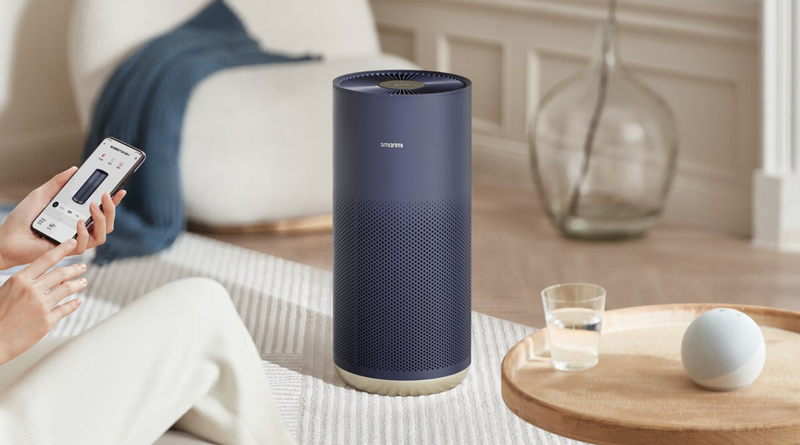In today’s world, where environmental concerns and health consciousness are at the forefront, air purifiers have emerged as essential devices for ensuring clean and healthy indoor air. The increasing levels of air pollution, coupled with the rise in respiratory ailments, have made air purifiers a crucial addition to homes, offices, and public spaces. This article explores the significance of 空气净化机, their benefits, and the various technologies that make them effective.
Understanding Air Pollution and Indoor Air Quality
Air pollution is a global issue, with cities worldwide experiencing high levels of pollutants due to vehicular emissions, industrial activities, and natural occurrences such as wildfires. Indoor air quality, however, can often be worse than outdoor air due to the concentration of pollutants in enclosed spaces. Common indoor air pollutants include dust, pet dander, pollen, mold spores, volatile organic compounds (VOCs), and even harmful microorganisms.
The Function of Air Purifiers
Air purifiers are designed to remove contaminants from the air, making it cleaner and safer to breathe. They work by drawing in air, trapping pollutants through various filtration methods, and then releasing purified air back into the environment. The efficiency of an air purifier depends on its filter type, design, and the specific pollutants it targets.
Types of Air Purification Technologies
- HEPA Filters: High-Efficiency Particulate Air (HEPA) filters are among the most common and effective air purification technologies. They can capture particles as small as 0.3 microns with 99.97% efficiency, making them ideal for trapping dust, pollen, and pet dander.
- Activated Carbon Filters: These filters are excellent at adsorbing gases and odors, including VOCs and smoke. They work by trapping gas molecules on a bed of activated carbon, thus removing them from the air.
- UV-C Light: Ultraviolet (UV-C) light is used in some air purifiers to kill bacteria, viruses, and other microorganisms. By breaking down their DNA, UV-C light effectively neutralizes these harmful pathogens.
- Ionizers: Ionizers release negatively charged ions into the air, which attach to positively charged particles like dust and allergens, causing them to clump together and fall out of the air. While effective, ionizers can produce ozone, which is a concern for some users.
- Electrostatic Precipitators: These devices use an electric charge to capture particles. Air is passed through an electrically charged plate, causing particles to stick to a collector plate. They are efficient but can also produce small amounts of ozone.
Benefits of Using Air Purifiers
- Health Improvement: Air purifiers can significantly reduce the concentration of allergens, pollutants, and pathogens in the air, leading to fewer respiratory issues, allergies, and illnesses. This is particularly beneficial for individuals with asthma, allergies, or other respiratory conditions.
- Enhanced Indoor Air Quality: By removing pollutants and odors, air purifiers improve the overall quality of indoor air, making living spaces more comfortable and pleasant.
- Better Sleep: Cleaner air can contribute to better sleep quality by reducing nighttime allergies and respiratory discomfort, allowing for a more restful sleep.
- Protection Against Airborne Diseases: Air purifiers equipped with HEPA filters and UV-C light can help reduce the spread of airborne diseases by trapping and neutralizing harmful microorganisms.
- Odor Elimination: Activated carbon filters effectively remove odors from cooking, pets, and smoke, creating a fresher indoor environment.
Choosing the Right Air Purifier
When selecting an air purifier, it is essential to consider factors such as room size, specific needs (e.g., allergy relief, odor control), and the type of pollutants present. Look for models with high CADR (Clean Air Delivery Rate) ratings, as these indicate the purifier’s efficiency in cleaning the air. Additionally, consider maintenance requirements, such as filter replacement costs and frequency.
